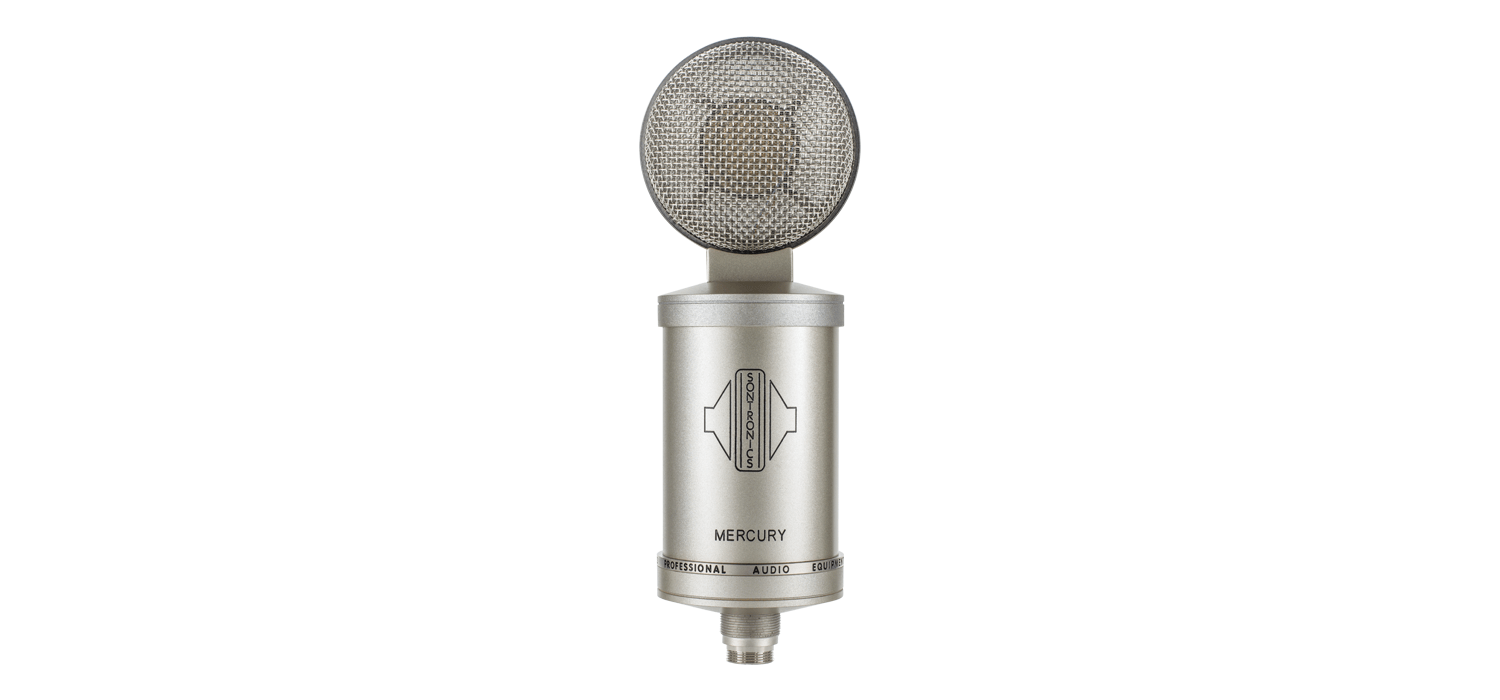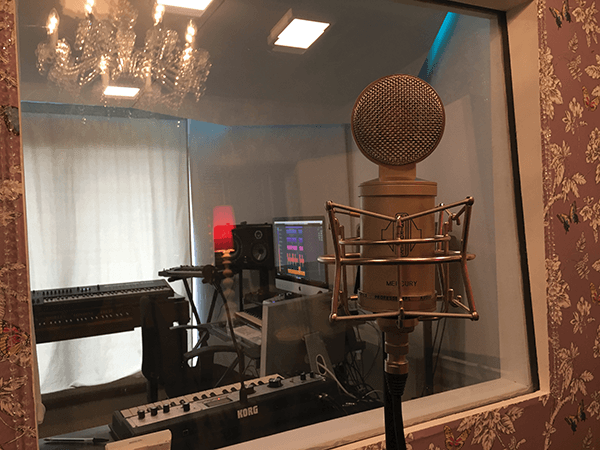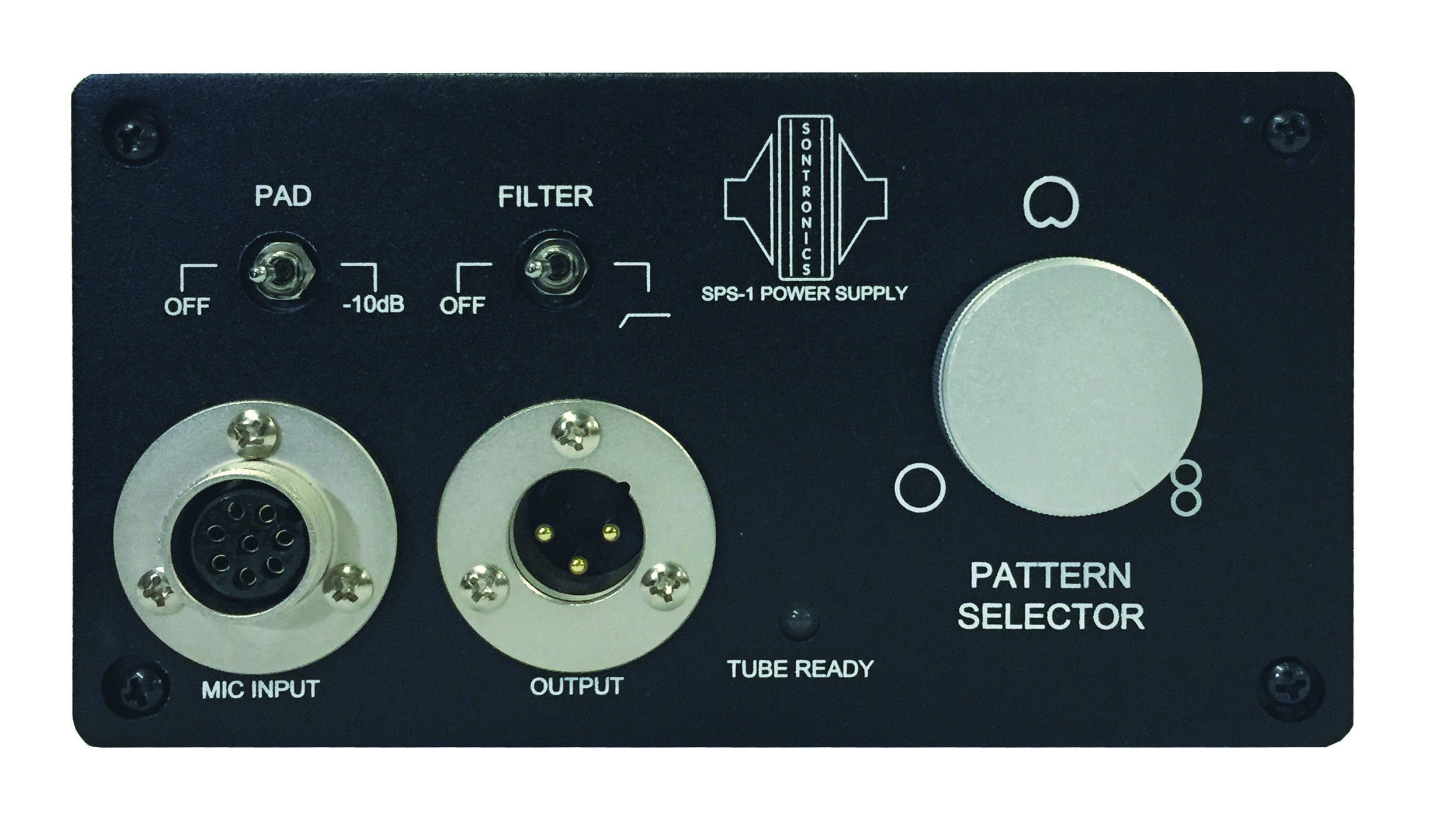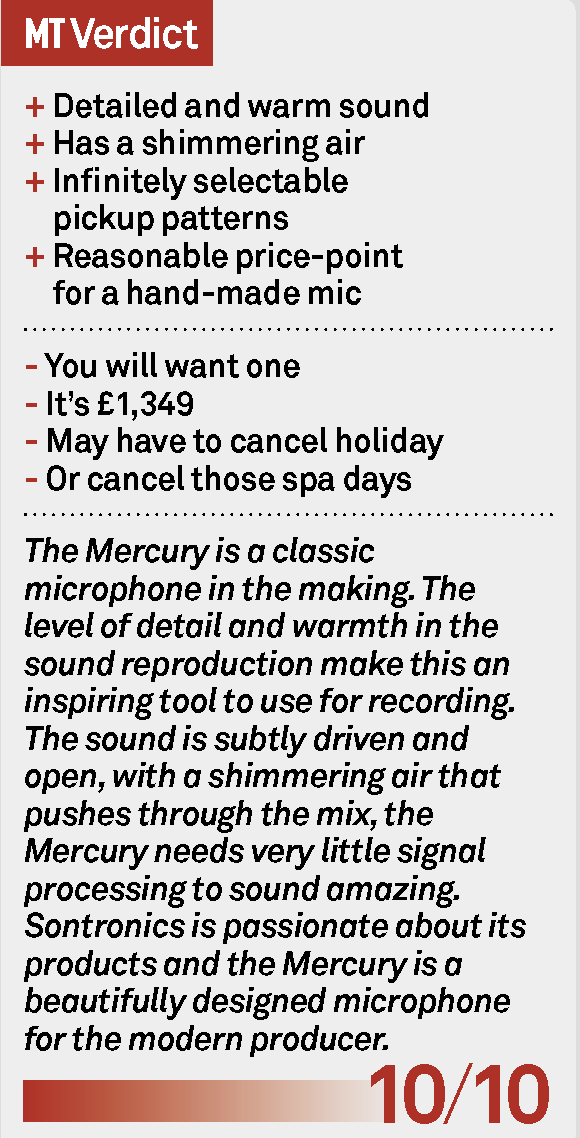Sontronics Mercury Review – A Classic In The Making
The Sontronics Mercury variable-pattern valve/tube condenser microphone, with its sublime warmth and lush air, could become a recording classic. Three words sum it up for Marc JB: ‘I want one’… Details Manufacturer Sontronics Price £1,349 Contact info@sontronics.com Web www.sontronics.com In mythology, the god Mercury is often referred to as the Winged Messenger; among his many […]

The Sontronics Mercury variable-pattern valve/tube condenser microphone, with its sublime warmth and lush air, could become a recording classic. Three words sum it up for Marc JB: ‘I want one’…


Details
Manufacturer Sontronics
Price £1,349
Contact info@sontronics.com
Web www.sontronics.com
![]()
In mythology, the god Mercury is often referred to as the Winged Messenger; among his many roles, he is the patron god of messages, communication and financial gain, which will stand Sontronics in good stead. Plus, as a chemical element, Mercury is known for its free-flowing liquidity, which reflects this mic’s incredibly smooth and precise variable-pattern control. Mercury, then, is an apt name all round for Sontronics’ latest studio offering…
The flight case is very rugged with an aluminium cover; inside the case, the mic is double-protected within a velvet-lined wooden box. The mic has a good solid weight and looks classy with its flawless matte-metal finish. The Mercury is dual capsule: this means it has back-to-back pick-up capsules protected within the metal grille, offering the capability of multiple patterns – omni, cardioid and figure-of-eight, for maximum all-round usability.
The shock mount is well designed: there are two elastic bands that isolate the mic from the mic stand. It screws onto the bottom of the Mercury, and I found the nut a little tricky to get on, as the thread, which is cut into the body of the mic, feels a little gritty – a very minor observation. Once the mic is secured to the mount and the whole assembly is on a mic stand, the unit feels sturdy and well isolated. To adjust the angle of the mic assembly, there’s a locking lever, which is easy and ergonomic to use – the design is well thought out.

There’s an eight-pin connection on the bottom of the mic and a quality lead to connect to the power supply, which is also a tasty bit of kit. On the front of this sturdy black box is a -10dB pad to prevent overloading the signal chain and a high-pass filter (linear, 75Hz) to get rid of ‘p’losives and low-end rumble. To the right, there’s an infinitely variable pattern selector selecting from omni to cardio to figure-of-eight mic patterns.
I fired up the power supply and waited for the ‘Tube Ready’ light to illuminate. I had the Mercury going into an RME Fireface UFX+ interface straight into my Mac running Cubase 9, monitoring on Focus SM9s. All ready for the testing…
Sontronics doesn’t try to emulate famous microphones – it focuses on creating its own sound by developing affordable mics for the digital age, where clarity, low-noise floors and repeatable performance is king. However, I had the Mercury set up next to a Neumann U47 and an AGK C414 XL, as I know the sound of those mics and it makes it easier to get into that signature Sontronics sound.
Vocal dexterity
I was impressed from the start with the Mercury’s recording of vocals. There’s a fabulous ‘air’ riding on top of the sound, particularly good in the headphones while monitoring. I could even hear my ‘in-breaths’ over the backing track. The top end is clear and delicate, with no strong sibilance coming through. The mid and lows are beautifully captured, with equal weight in the mix. The mic sounds full and rich, with a subtle driven quality from the ECC81/12AT7 vacuum tube.
Compared to the Neumann, the Mercury is much more present at the top end; it seems to have an extra life of sonic activity at 5kHz. The Neumann has a low mid that pushes through the mix, and EQing the Mercury signal brings that low end pushing out of the mix, too. The Mercury has a sublime driven sound, which sounds clearer and more open than the U47. The top end of the AKG C414 XL, which I had to EQ up considerably, sounded thin compared to the Mercury – most likely as the 414 has no valve stage to add on those coveted harmonic artefacts.

I really enjoyed singing using the Mercury – the detail in the headphones was exceptional. I found the sound particularly inspiring. In the mix, the Mercury needs very little processing to sound good, which is the mark of a great mic. I found that with some gentle compression and a touch of reverb, the vocal sounded great. I love simple, organic recording techniques, so the Mercury is a real winner for authentic sound capture. For me, the Holy Grail is a mic that captures the ‘air’ of a recording and translates it into the mix without additional processing, and the Mercury does this effortlessly.
The proximity effect is quite pronounced on the mic, as you would expect – the closer the source, the warmer the low mids. The effect is clearly heard and predictable, so can
be used to good creative effect.
I tried the mic on several sources. Acoustic guitar was clean, shiny and warm; tambourine was present, open and sparkling. Bongos had great transients and mix presence; flute was airy and ‘in your face’. This is indeed an all-round mic. The max SPL is 125dB, so Mercury is suited to recording loud sources, and with the low self-noise level (<12dB), quiet sources, too.
In Omni setting, the mic picked up evenly from the front and rear capsules. The rear capsule sounded slightly more trebly; in Cardioid setting, the mic was clear from the front capsule and had great rejection of rear audio sources.
The genius behind Sontronics’ design and manufacture is Trevor Coley, and a talented ninja squad of electronic engineers who make the mics in Poole. Trevor has been pioneering, creating and designing for 40 years and working on Sontronics since 2004. I spoke to Trevor and was impressed with his passion and enthusiasm. “I wanted to create an outstanding all-round, go-to valve microphone which would shine in every recording application. It’d have to be a dual-diaphragm microphone, so balance and precision would be imperative throughout. I also wanted to make it here in England.”
What really resonated about Coley is his passion for his art of design and manufacture. He explained how the team at Sontronics gets a huge sense of wellbeing when the mics have been put together, the power switch is flicked on and it comes to life. They want to do things well and feel a huge sense of achievement knowing that they have built something beautiful.
Precision engineering
The Mercury has a tolerance of one per cent on its electronics – Trevor Coley explains why that is so important…
- The Mercury is a dual-diaphragm (dual-capsule) variable-pattern microphone – essentially, you have two microphone capsules back-to-back inside the grille.
- When the variable-pattern selector is moved, it controls the amount of voltage sent to both capsules – and this amount must be perfectly proportionate for authentic sound reproduction.
- Designing a circuit which incorporates components with one-per-cent tolerances is about achieving total precision. What this means for the musician or engineer is that, when they move that pattern selector, they have an absolutely predictable outcome, every time. First time around, the Mercury produced an amazing ‘three dimensional’ sound – it’s hard to accurately put it into words, but there was something extra there that we’d never heard before!
- This level of precision means that every Mercury we make is virtually identical to any other, which makes them absolutely perfect for stereo-recording applications. We also offer a valve-matching service for clients who want a matched-pair of Mercuries.
Quality components
Sontronics always uses high-quality components – the cardioid-only valve-mic Aria set a new benchmark and the company’s use of more expensive, higher-quality components has set a new industry standard.

So, finally, what’s so good about the ECC81 vacuum tube used with the Mercury? Coley explains he tested many valves, all with different sonic characters: the JJ Electronic model was not only the best in listening tests, it’s also in plentiful supply. That’s perfect for the long-term support for Mercury – rare replacement valves for mics can cost a small fortune.
Alternatives
- Sontronics Aria, £1,049, valve condenser
- Avantone BV-1, £1,150, multi-pattern valve condenser
- RØDE NTK, £539, dual-valve cardioid
- sE Electronics Gemini II, £799, dual-valve condenser

Mercury Key Features
- Valve condenser
- Variable polar patterns
- Pad (0, -10dB) and low-cut filter (linear, 75Hz) controls
- 1% tolerance on components
